Note: This text was created with the help of AI.
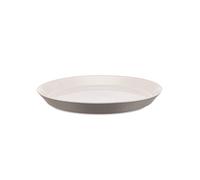

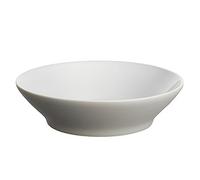
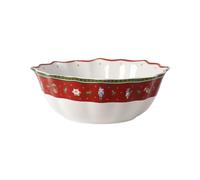
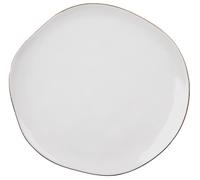

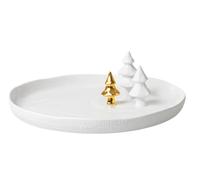

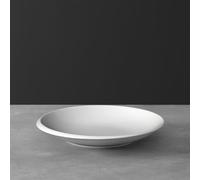


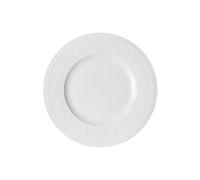




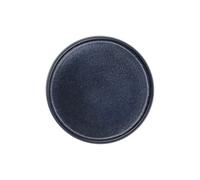


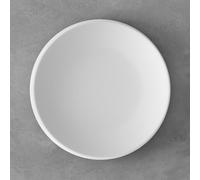






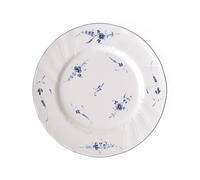

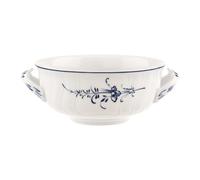


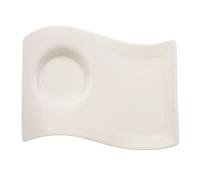
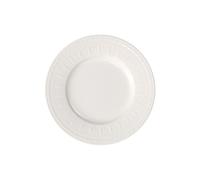
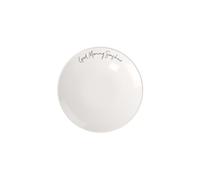

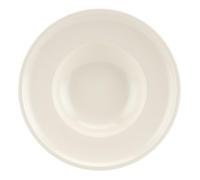



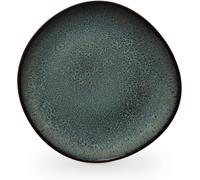
- 1
- 2
- 3
- 4
- 5
- next page
Exciting Offers on Plates for Every Occasion
In general, you can distinguish between dinner plates, soup plates and dessert plates. The presentation plate is a kind of table mat that serves as a decoration, so you don't eat directly from it.
The number of plates you need depends on two factors. Firstly, you should only buy as many plates as you can fit in your kitchen cupboards. Secondly, it can be useful to have several plates of the same type handy if you often cook for guests and eat together.
Plates come in many different materials. For the ones you use every day, we recommend ceramic or porcelain. This makes cleaning easier because you can put most plates made of these materials in your dishwasher.
Plates made of stone, wood or glass should be used more for decorative purposes. Frequent deep cleaning could damage the materials.
As soon as the smallest family members take part in meals at the table, they want to eat as independently as possible. Since the adventure of eating is often not yet coordinated, we recommend unbreakable plates for your baby.
Plates made of washable and durable silicone are suitable for this purpose. Alternatively, you can also use plates made of plastic-like materials. However, you should make sure that the materials are safe for your child's health and do not contain any harmful substances such as softeners.
Yes, plates made of melamine can be harmful to your health. Melamine is an unbreakable plastic that contains formaldehyde. This ingredient can irritate your mucous membranes and skin if you eat from such plates regularly.
Don't let the sturdy features and bright colors fool you into thinking that these plates are particularly good for children. Instead, go for other materials.
Special microwave dishes are particularly heat-resistant and can withstand temperatures of up to 200 degrees Celsius. These dishes are well suited if you want to cook whole dishes in your microwave.
Plates made of porcelain, ceramic or earthenware have a surface structure that is quickly heated in the microwave. This can damage the plate or even cause it to burst. You can use a glass plate for a short heating process in the microwave. Not every plastic plate is suitable for the microwave, only those with a special label.
Stainless steel, aluminium and other metals should never be placed in the microwave. Your food will not heat well on such plates and the materials may react with the waves of the appliance, damaging both the dishes and your microwave.
You can simply dispose of a broken plate in your household waste. If you have a whole set of broken plates, you should take them to your local recycling centre.
Exciting Offers on Plates for Every Occasion
Looking to add a touch of elegance to your dining experience? At pricehunter.co.uk, you can discover a wide variety of plates that cater to every style and occasion. From vibrant dinner sets to subtle, sophisticated designs, the options available allow you to shop according to your aesthetic preferences and budget. Let’s explore various aspects of plates that will help you make informed decisions when selecting the perfect ones for your needs.Types of Plates
When it comes to plates, there’s a vast selection available, each designed for specific uses and occasions. Understanding the different types of plates can greatly enhance your dining experience.- Porcelain Dinner Plates - These plates are known for their durability and elegant appearance, making them ideal for formal dining.
- Serving Plates - Larger in size, these are perfect for presenting main dishes during gatherings.
- Salad Plates - Smaller than dinner plates, ideal for serving salads or appetizers.
- Coupe Plates - Featuring a deep, curved edge, these plates are great for more substantial meals.
- Specialty Plates - Unique designs that can include decorative themes or shapes for special occasions.
Popular Brands
Choosing the right brand can significantly affect the quality and style of your plates. Several renowned brands offer exceptional craftsmanship and designs.- Churchill Plates - Known for their high quality and resilience, ideal for both home and commercial use.
- Denby - Offers a blend of traditional and contemporary designs, perfect for everyday dining.
- Fiesta - Brightly colored plates that add a fun touch to any meal setting.
- Royal Doulton - Elegant designs that are perfect for special occasions and gatherings.
- Corelle - Lightweight and durable, making them easy to handle and ideal for casual dining.
Features to Consider
When shopping for plates, consider various features that not only enhance aesthetics but also improve usability. Identifying the right features can ensure you find the perfect plates for your needs.- Denby Plates Set - This set showcases durable construction and timeless design.
- Microwave Safe - Look for plates that can withstand microwave use for added convenience.
- Dishwasher Safe - A practical feature for easy cleaning after meals.
- Stackable Design - Saves space in your cabinets and makes storage a breeze.
- Variety of Sizes - Having different sizes ensures versatility for various meals.
Usage Scenarios
The occasions for using plates can vary widely, and selecting the right type for each scenario can elevate your dining experience.- 26cm Dinner Plates - Perfect for family dinners or hosting friends.
- Formal Gatherings - Elegant plates with intricate designs enhance the dining atmosphere.
- Casual Meals - Durable plates that withstand frequent use are ideal for everyday dining.
- Outdoor Events - Lightweight and unbreakable options are great for picnics and barbecues.
- Semi-formal Occasions - Mix and match styles for a unique look during gatherings.
Target Audiences
Understanding your audience can help you select plates that cater to specific needs and preferences. Different groups may look for different features or styles.- Lemon Plates - A vibrant choice for families looking to brighten up mealtime.
- Entertainers - Those who enjoy hosting often prefer elegant and durable options.
- Students - Affordable and practical plates for everyday use in shared living spaces.
- Eco-conscious Consumers - Look for plates made from sustainable materials.
- Food Enthusiasts - Unique or artistic plates that enhance food presentation.
Note: This text was created with the help of AI.